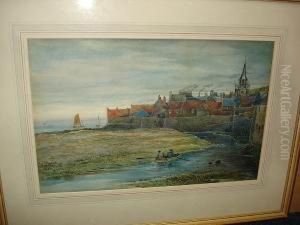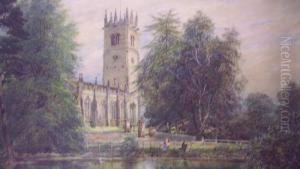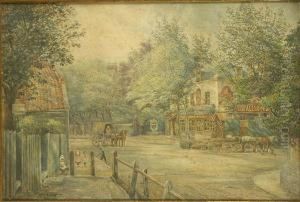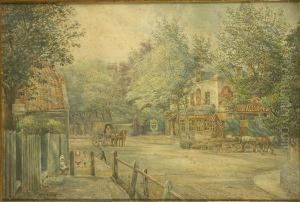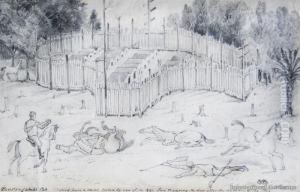Alfred Woolnoth Paintings
Alfred Woolnoth was a relatively obscure historical figure, and as such, there is limited information readily available about his life and works. Born in 1784, Woolnoth was active during a period of significant cultural and artistic development in Britain. However, the specifics of his early life, including his education and artistic training, are not well-documented in the historical record.
What is known is that Woolnoth was primarily recognized as an engraver rather than a painter or sculptor. Engraving was a popular art form during the 18th and 19th centuries, used for reproducing images and illustrations for books, magazines, and standalone prints. Engravers like Woolnoth played an essential role in the dissemination of visual culture, especially before the advent of photography.
During his career, Woolnoth produced engravings that were often based on the works of other artists. This was a common practice at the time, as engravers were commissioned to create prints that would make paintings and other artworks more accessible to the public. Unfortunately, as an engraver, Woolnoth's work may not have been attributed the same level of individual artistic merit as that given to the original artists of the works he reproduced.
Alfred Woolnoth passed away in 1837. While he may not have achieved widespread fame during his lifetime or posthumously, his contributions to the world of engraving would have supported the broader appreciation and distribution of art during his era. His work is a testament to the many skilled craftsmen whose efforts have helped preserve and propagate artistic achievements throughout history. Without more comprehensive records, it is challenging to provide a more detailed account of Woolnoth's life and impact on the art world, but he remains a part of the rich tapestry of artistic production in the early 19th century.
